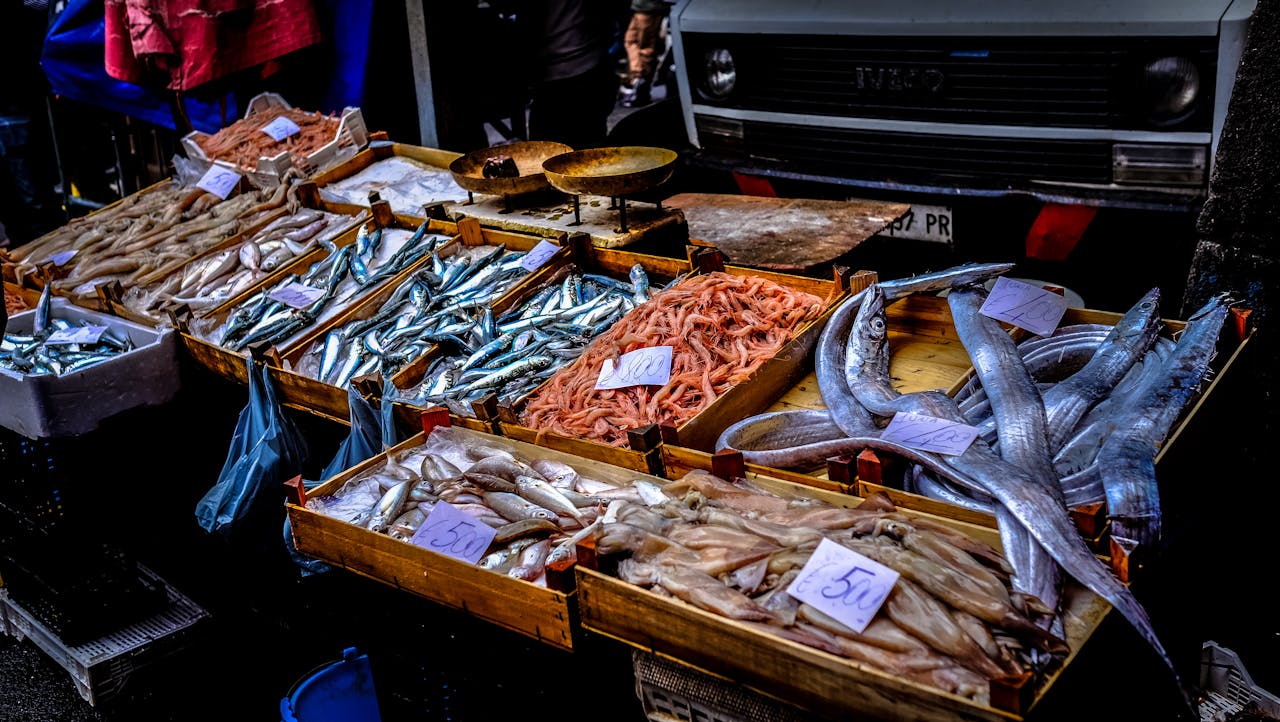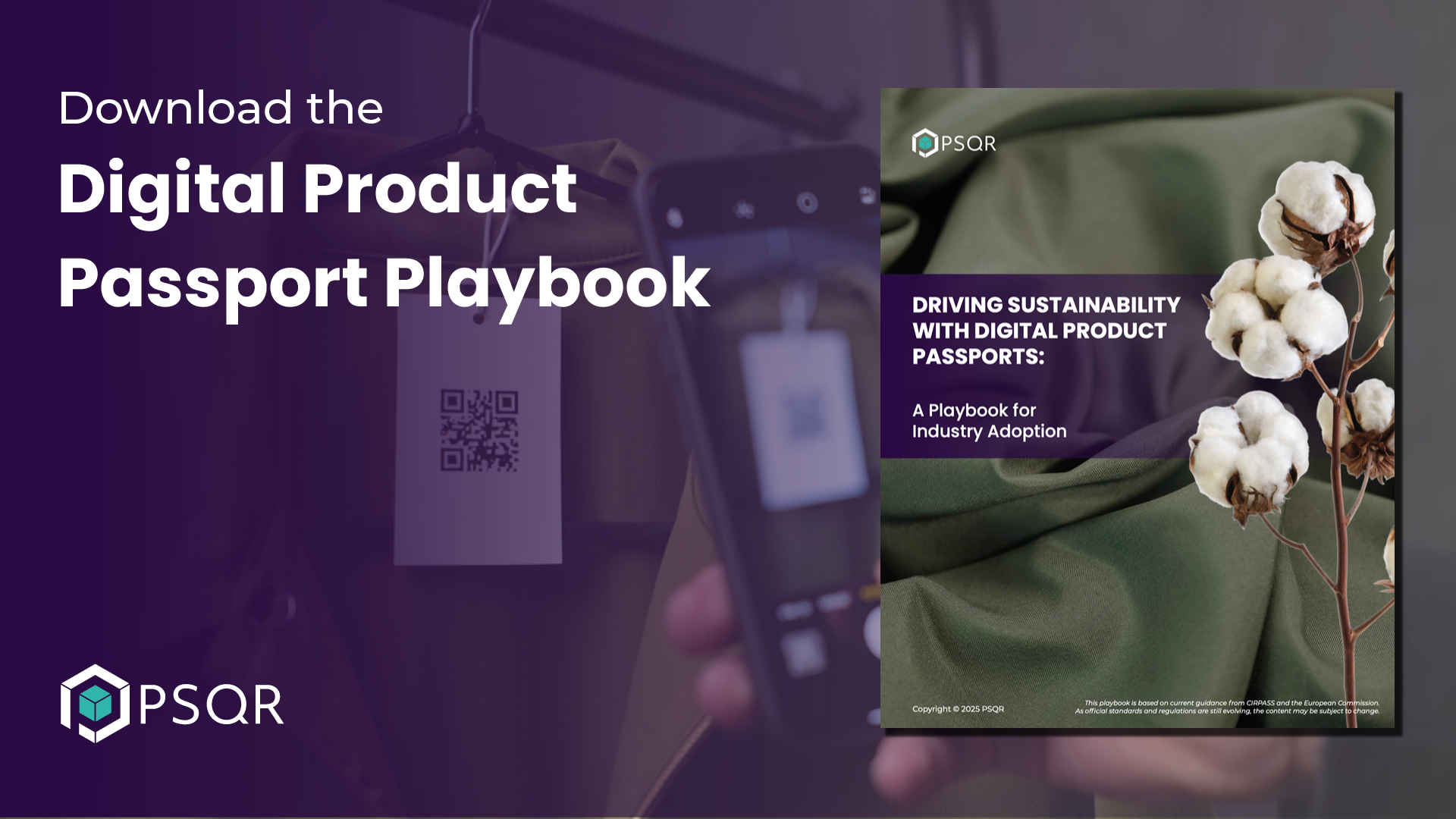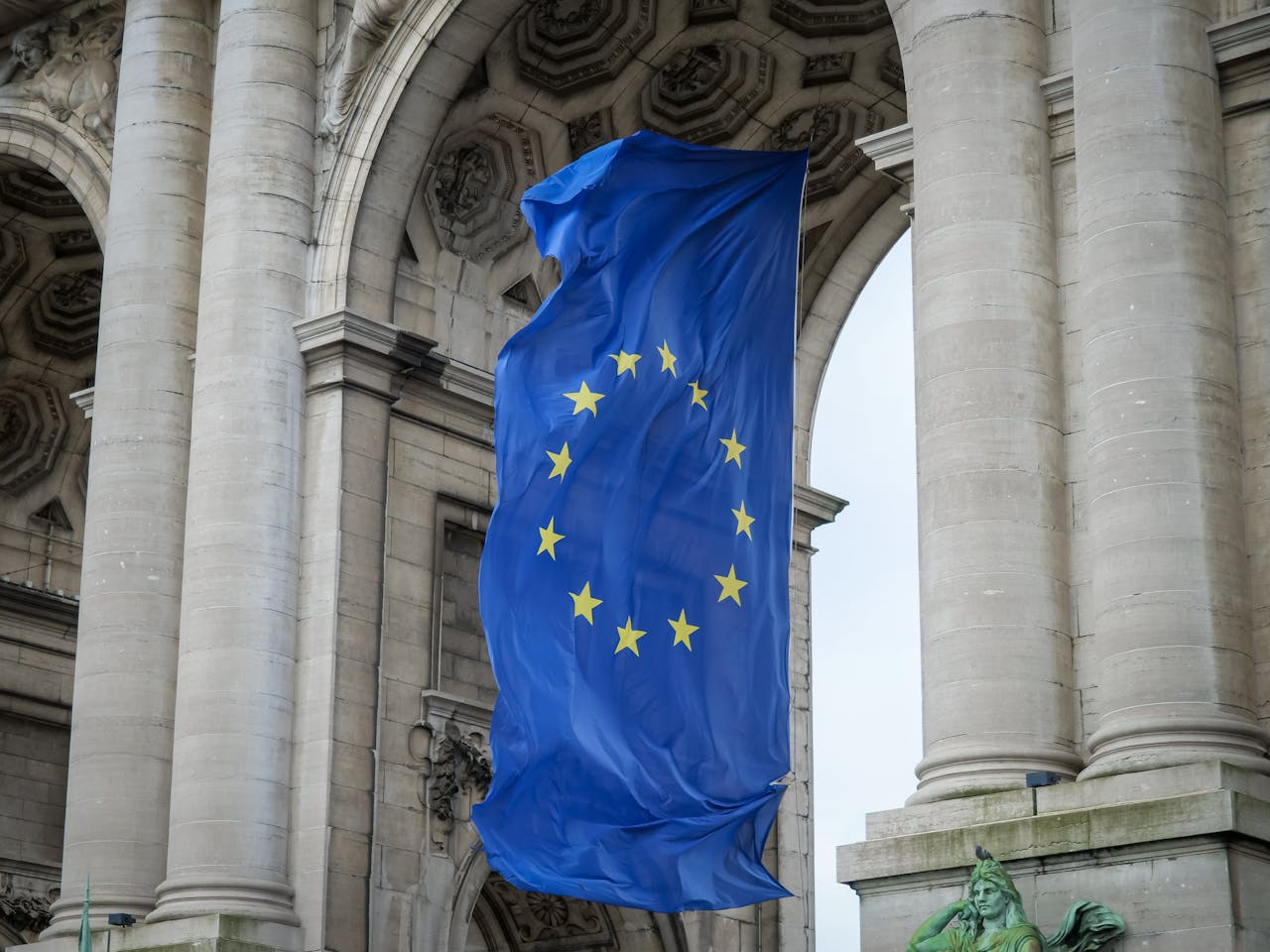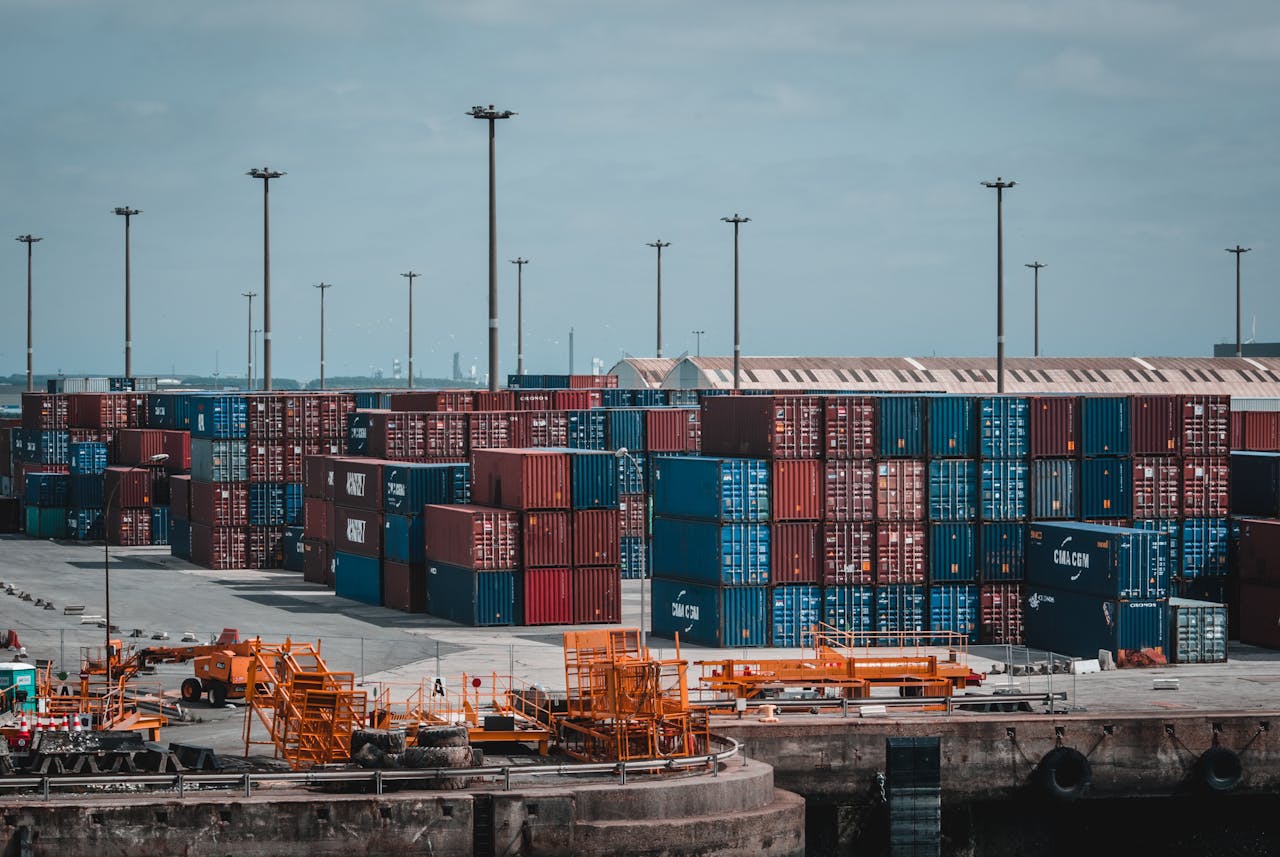Ensuring certified sustainable seafood has been one of the main concerns of an ever-increasing number of industry organizations and regulatory bodies.
Not to anyone’s surprise, since the research shows that the global catch of seafood has reached over 180 million tons annually.
The high demand for seafood hasn’t come without consequences. Recently, the seafood industry has been facing a number of challenges including
- Overfishing
- Fish fraud
- Human trafficking
- Pirate fishing
- Mislabeling, etc.
Nonetheless, there is still an open question regarding the future of seafood products as well as the future of quality assurance of these products.
In this article, we will go through the 12 most recognized standards setting up practices that help ensure seafood sustainability and see how they correlate with enhanced demand for traceability in the seafood sector.
What Is Sustainable Seafood Certification And Why Is It Important?
Before we look at the bodies working toward ensuring more sustainable seafood practices, let’s first look at why there is an increased need for seafood sustainability.
According to the United Nations Food and Agricultural Organization, over 85% of fish stocks are either overfished or fully exploited.
Moreover, a 2018 study has shown that fish production has reached an all-time high, with almost 180 million tonnes used as food supply to billions of people.
The increased demand has thus resulted in a number of issues, from overfishing to landscape destruction, and human labour.
Besides the above-mentioned, there is yet another outcome due to the lack of certified sustainable seafood – consumer distrust.
Consumers have increasingly been asking for more information on the origins, whereabouts and legality of seafood products. And this is one of the main reasons for the awaited seafood certification explosion.

Who Provides Certified Sustainable Seafood?
By definition, sustainable seafood is caught in a way that does not endanger ecosystems of fish stocks ensuring that future needs will be met.
Assumably, all of the issues the seafood industry is facing at the moment are far from claiming that the current seafood practices are sustainable and regulated.
Therefore, to control and ensure the sustainable continuation of seafood production, the organizations have implemented a set of norms for both wild-caught and aquaculture producers.
Hence, here is an exhaustive list of the organizations and standard bodies currently working on helping companies ensure sustainable seafood products and practices.
Disclaimer: The following list includes both the certification organizations and organizations setting up standards as guides for companies working on improving their sustainability practices.
1. Sustainable Shrimp Partnership (SSP)
Sustainable Shrimp Partnership is an organization working on regulating and ensuring sustainable aquaculture shrimp practices.
SSP has been formed by a group of companies working towards making aquaculture a successful practice for the world and ensuring sustainable seafood certification.
Their main objectives are to
- Produce healthy, nutritively rich, and pure products that are aligned with sustainable production practices
- Work on improving environmental and social performance through collaboration with each other
- Increase awareness of the preferred environmental and social practices that will thus help SSP members to set an example for others to follow
Finally, their main goal is to create differentiation and offer an improved choice for consumers in global seafood markets.
SSP focuses on shaping a future of quality assurance for the shrimp industry by producing the highest quality shrimp, ensuring the sector is clean, sustainable, and conforms to environmental and social standards.
2. Marine Stewardship Council (MSC)
The Marine Stewardship Council is an international, non-profit organization.
The MSC’s main goal is to certify organizations that put ocean protection and safeguarding seafood supplies as their top priority.
Moreover, the organization is working with scientists, fisheries, industry experts, and other nonprofits, to improve the way our ocean is fished through the MSC Fisheries Standard and Chain of Custody Standard.
The MSC’s theory of change consists of 6 key players:
- Fisheries – all the fisheries that meet the MSC Standard get the sustainable seafood certification
- Retailers and restaurants – choose MSC-certified sustainable seafood
- A traceable supply chain – through traceability, consumers can be sure that the only seafood sold from an MSC-certified fishery is the one with the blue MSC label
- Consumers – decide to buy seafood with the MSC label on it
- Market demand – as the awareness of sustainability grows, the demand for the MSC certified seafood increases
- Fisheries – closing the circle, we are back at fisheries that choose to improve their practices and choose to be assessed to the MSC Standard
3. Aquaculture Stewardship Council (ASC)
The Aquaculture Stewardship Council (ASC) is one of the globally most recognized certified sustainable seafood schemes for farmed seafood or aquaculture.
According to ASC, the aquacultured seafood products that have been granted the ASC label have been assessed and certified as being environmentally and socially responsible.
Some of the key elements that go into consideration before issuing the sustainable seafood certification include
- Water quality
- Responsible for sourcing feed
- Disease prevention
- Animal welfare
- Fair treatment and pay of workers
- Maintenance of positive relationships with neighbouring communities
ASC’s vision is to create a world where aquaculture is the key player in supplying food while minimizing the negative impacts on the environment.
Finally, their mission is oriented towards aquaculture transformation and creating environmental sustainability and social responsibility using mechanisms that ensure value across the supply chain.
4. Global Dialogue on Seafood Traceability (GDST)
Global Dialogue on Seafood Traceability or GDST is an international, B2B platform founded to create the first-ever industry standards for seafood traceability globally.
The GDST standards (which PSQR is proud to be an adopter and endorser of), are global and voluntary standards designed as an extension of the GS1 EPCIS Standards (more on this later on).
The standards have three main goals:
- Enabling interoperability among the seafood traceability systems so anyone can seamlessly and effortlessly participate in digital traceability across the supply chain
- Harmoniously communicating with producers and suppliers about the basic information that should be contained in all the seafood products (sustainable production, supporting sustainability claims, etc.)
- Improving the ability to verify the information in traceability systems by establishing agreed authoritative data sources
Global Dialogue on Seafood Traceability continues to work on improving and updating the standards to ensure the future of quality assurance within the seafood industry.
5. U.S. Food & Drug Administration
U.S. Food & Drug Administration, also known as FDA, is the US regulatory body ensuring that the nation’s seafood supply, both domestic and imported is:
- Safe
- Sanitary
- Wholesome
- Honestly Labeled
FDA operates an obligatory program ensuring the safety of all fish and fishery products under the provisions of the Federal Food, Drug and Cosmetic (FD&C) Act and the Public Health Service Act.
The organization focuses on research, compliance, inspection, outreach, enforcement, and the development of regulations and guidance.
6. Global Seafood Alliance (GSA)
Global Seafood Alliance (GSA) is an international non-governmental organization, dedicated to advancing responsible seafood practices through education, advocacy, and third-party assurances.
Some of the core issues GSA is trying to address together with other seafood industry leaders, NGOs and academia include:
- Environmental and social responsibility
- Animal health
- Welfare
- Food safety
By following GSA’s standards, the producers can get two types of certified sustainable seafood: Best Aquaculture Practices (BAP) and Best Seafood Practices (BSP).
7. Ocean Wise Seafood Program
Ocean Wise has created a non-profit ocean conservation program with an aim to empower both businesses and consumers to opt for certified sustainable seafood products.
They are devoted to tackling three major ocean challenges:
- Overfishing
- Ocean pollution
- Climate change
According to Ocean Wise, consumers purchasing the products with their symbol on the packaging can be assured that they are purchasing seafood that is ocean-friendly and meets sustainability goals.
8. Seafood Watch
Seafood Watch is an organization founded over 20 years ago. Today, they are one of the leaders in the global sustainable seafood movement.
The organization is working with both businesses and governments globally to ensure the increase of the market demand as well as the reliable supply of sustainable seafood.
Seafood Watch standards are built on guiding principles, which describe how fisheries and aquaculture operations should perform to be considered environmentally sustainable.
Some of the main challenges Seafood Watch is determined on decreasing include:
- Overfishing
- Climate change
- Bycatch
- Wild fish use in aquaculture
- Pollution and disease
- Habitat preservation
- Illegal fishing
They are also encouraging companies to focus on strong management and work on improving traceability across the supply chain.
9. Global Sustainable Seafood Initiative (GSSI)
The Global Sustainable Seafood Initiative (GSSI) is a public-private partnership working on turning seafood into a driver to preserve oceans for future generations and increase the number of certified sustainable seafood companies.
The things that make GSSI unique are:
- Bringing together over 100 stakeholders across the industry to address and work on global seafood sustainability challenges
- Creating global alignment in sustainable seafood certification
- Being a one-stop-shop for seafood certification schemes
- Aligning the sector to amplify current sustainability practices and efforts and resolve challenges that haven’t been addressed so far
GSSI’s mission is to ensure confidence in the supply and work on promoting certified sustainable seafood together with improvement efforts in seafood sustainability.
10. SeaChoice
SeaChoice is a Canadian organisation founded in 2006. Their main initiative is to increase consumer awareness around sustainable seafood.
The organization is working with the Canadian government to improve sustainable seafood certification. They want to help consumers and businesses make more environmentally and economically sustainable choices.
SeaChoice’s two main guiding principles are
- Ensuring an increased supply of seafood products through safe and regulated harvesting and seafood production
- Ensuring that the seafood products are produced and delivered in ways that are aligned with social equity and human rights
11. National Oceanic and Atmospheric Administration (NOAA)
The National Oceanic and Atmospheric Administration or NOAA is an American regulatory body that focuses on monitoring oceanic and atmospheric conditions, explores and charts deep sees, and also works on protecting marine mammals and endangered species.
NOAA Fisheries is a branch that is guided by two principles:
- Ensuring sustainability and productivity of fisheries through thought-through decision-making and regulation compliance
- Recovering and conserving protected resources such as turtles, whales, and salmon
NOAA Fisheries’ focus on fisheries’ sustainability and management together with the protection of marine life is now one of the global models for marine stewardship and sustainability.
Finally, NOAA’s work and practices are primarily under the Marine Mammal Protection Act and the Endangered Species Act.
12. Canadian Catch Certification Program
Canada’s Catch Certification Program was developed under the Government of Canada as a response to the 2010 European Union’s Illegal, Unreported, and Unregulated fishing regulation.
The program currently consists of four different elements:
- Operations Centre – responsible for issuing catch certificates and permits
- Integration and Planning Bureau – taking care of coordination, development, reporting and integration
- Fisheries Certificate System – An online system for industry applications and DFO validation
- Catch Certification Audit Office – in charge of post-issuance audits of catch certificates, as well as ensuring the information is true, accurate and complete
Catch Certification Program requires that all the fish exported to the EU has a catch certificate issued in the country of origin.
13. Friend of the Sea
Friend of the Sea is a program led by the World Sustainability Organization – an international NGO working towards promoting environmental preservation.
The organization issues sustainable seafood certification for both fisheries and aquaculture.
Their main initiative is to, through certification, ensure the protection of the world’s oceans.
Furthermore, the certification awards sustainable practices in different areas including:
- Fisheries
- Aquaculture
- Fishmeal
- Omega 3 Fish Oil
Currently, Friend of the Sea is the only certification of this kind recognized and supervised by a National Accreditation Body.
14. Pêche Durable
Pêche Durable is a certification label founded in 2017 in France.
The eco-label represents a sign of quality and is aiming at promoting sustainable fishing. By purchasing products with the “Pêche Durable” label, the consumers are ensured that the seafood products meet environmental, economic and social requirements.
To gain the label of certified sustainable seafood, the fisheries must comply with 4 requirements:
- The ecosystem: Fishing activities do not highly impact the ecosystem
- The environment: Fishing activities have a limited impact on the environment
- Social: The ships for crews have satisfactory living and working conditions
- Quality: The products have a high level of freshness
Lastly, the certification is divided into two categories: one for the fishing activity and one for the marketing chain.
15. GS1 EPCIS Standards
GS1’s data sharing standard EPCIS, enables visibility and interoperability, within organizations and across an entire supply chain of trading partners and other stakeholders.
Thanks to the GS1 EPCIS standard, it is possible to achieve the granular transparency of products across the supply chain. It is also possible to ensure the future of quality assurance.
As a result, some of the main business benefits gained by implementing EPCIS standard include:
- Knowing where the product is at any time
- Controlling the expiration of perishable assets
- Aggregation of single units into boxes, pallets and containers
- Timestamped series of business-relevant sensor data
- In-detail description of product components
- A full overview of product inventory and equipment
- Certification details associated with the product
Finally, EPCIS enables companies to have enhanced traceability of their product journey and provide their customers with an end-to-end supply chain story.
Certified Sustainable Seafood and Traceability
For businesses to be able to sell certified sustainable seafood, they need to show that their products have been produced according to certain norms and regulations.
And it is exactly here, where traceability plays an important role.
With seafood traceability, companies can:
- Identify a single product unit
- Track location
- Describe and follow any changes and transformations throughout the production, processing, and distribution stages
By tracking and tracing their products, companies are thus ensuring end-to-end traceability across the supply chain and ensuring their products are aligned with the latest regulations and are safe to consume.
A Digital Seafood Traceability Solution
Traditionally, many companies have some form of a traceability system ensuring a level of quality control.
However, more often than not, these systems are manual and lack certain qualities that a digital traceability solution can bring to the table.
Due to the complexity of the seafood supply chains and an increased number of processes and stages a seafood product goes through before it reaches the final destination, it is often difficult to deliver all the data and information about the product journey.
Moreover, as there are a number of players involved in the process, both internally and externally, it gets complicated or even impossible to manually maintain interoperability and feed all organizations involved with the relevant data.
By implementing digital traceability software, all of these issues can be resolved and there could be an added value to the supply chain efficiency and the company’s ROI.

What are the Benefits of Implementing Traceability Software?
There are a number of ways traceability software can benefit a business and help companies ensure sustainable seafood certification.
Some of the key benefits of implementing seafood traceability software include:
- Achieving responsible production
- Preventing illegal practices from occurring
- Improving data availability
- Ensuring food safety and security
- Increasing consumer trust
At PSQR, we have developed a seafood traceability solution suitable for both wild-caught and aquaculture businesses, enabling end-to-end traceability.
Our software, Saga, has EPCIS standards at the core, allowing interoperability, and a modular architecture that allows it to adapt to customers’ unique requirements.
Moreover, it is a GDST-compliant software that can be used for a number of different purposes.
(Please refer to our Seafood Traceability eBook to learn more about our solution and pricing, and see seafood business cases).



















